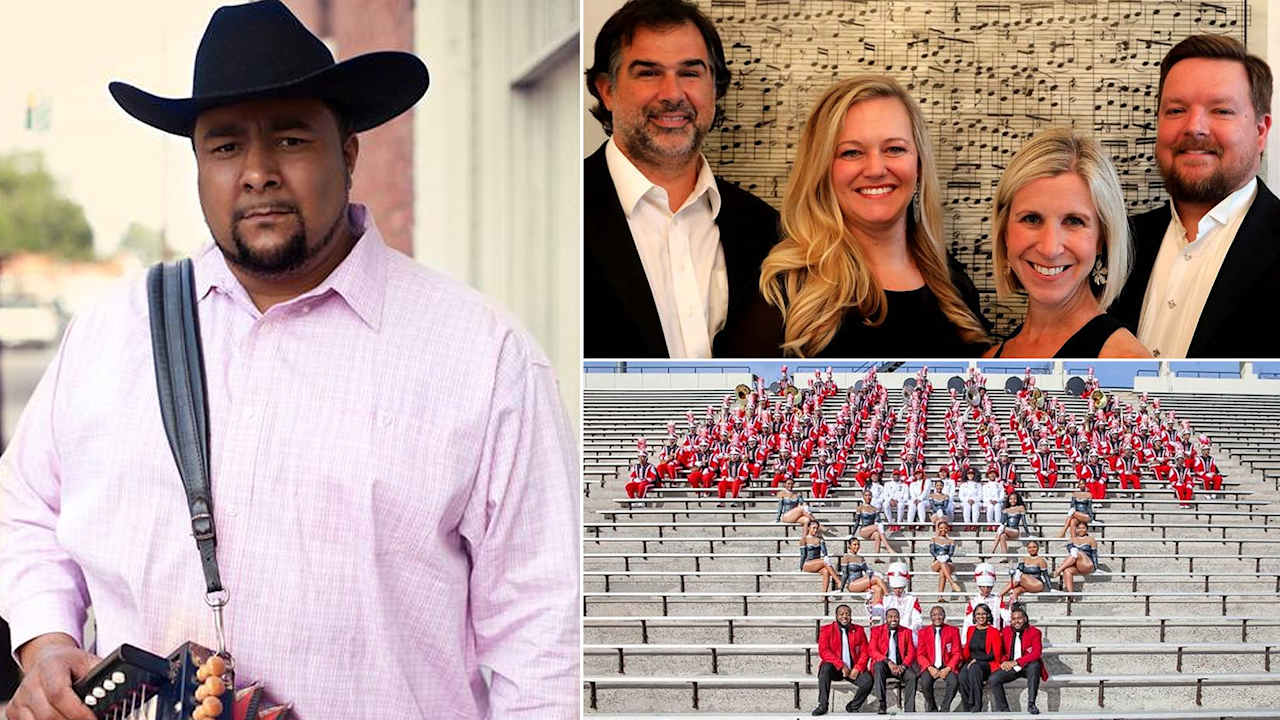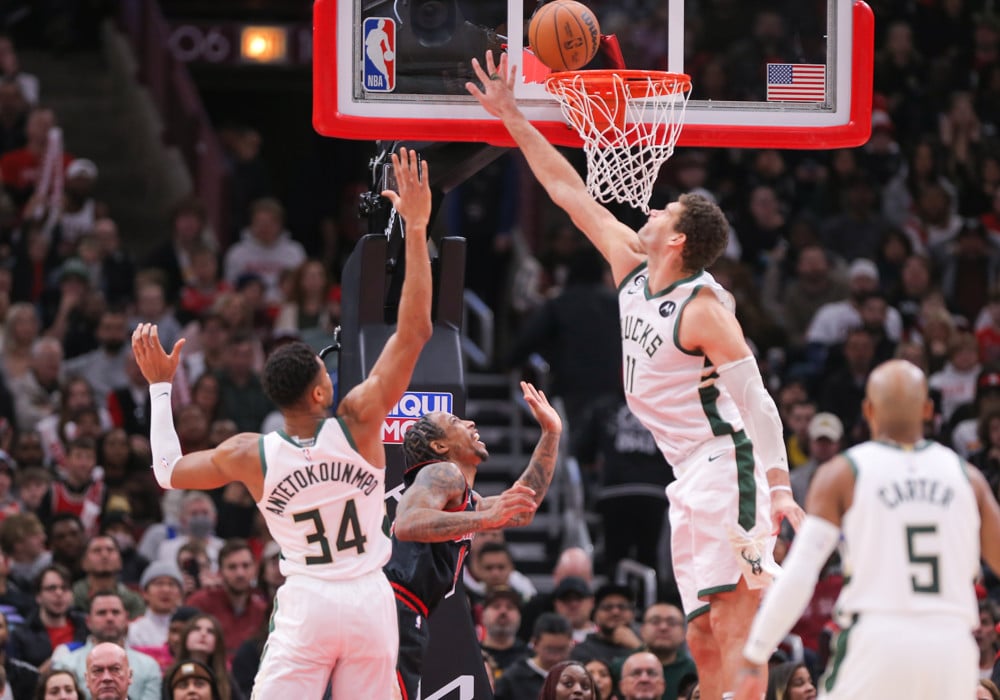Sports
What the historic $2.8 billion settlement to pay NCAA players means for college sports

Geoff Bennett:
In an historic first, the NCAA and nation’s Power Five conferences have reached a deal to pay their athletes.
The ACC, Big Ten, Big 12, SEC and Pac-12 accepted the general terms of a settlement that will see the NCAA pay nearly $2.8 billion in damages over 10 years to nearly 14,000 athletes dating from 2016 to now. It also creates a new system that allows schools to use up to $21 million a year to pay student athletes in any sport starting in 2025.
The agreement was proposed to resolve a series of lawsuits challenging the NCAA, which may have had to pay billions more. It still needs to be accepted by a judge and many details need to be worked out, including how schools will pay athletes, whether payments will be equitable by gender, and what it means for different sports.
For more on this landmark deal, we’re joined by Pat Forde, senior writer for “Sports Illustrated.”
Pat, it’s great to have you here.
So I think it’s safe to say the days of the amateur student athlete, college athlete, those days are over. Help us understand how significant this moment is.
Pat Forde, Senior Writer, “Sports Illustrated”: Yes, this is the death of amateurism, which has basically been on the books forever in college athletics.
So it is a significant milestone. The castle walls of amateurism had been eroding for years, most specifically starting three years ago, when name, image, and likeness payments were first approved, but this is a major acceleration from that.
This provides, as you noted, back damages to four years’ worth of college athletes who are no longer in their sports, and then also a framework to pay for a decade going forward. So this is a lot of money being transferred from the traditional coffers of the athletic administration, coaches, athletic directors, facility usage into — directly into the hands of the players and it being done by the schools themselves.
That’s the real change here.









